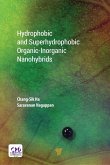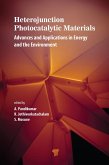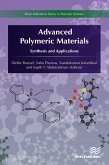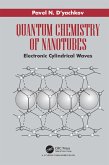In materials chemistry, hybrid systems have become popular because of their enhanced properties compared to their individual components. Organic-inorganic hybrid materials have dual, enhanced chemical, thermal, and mechanical properties of both organic and inorganic materials in a single material and are used in various applications. An enhanced hybrid material has many technical advantages compared to single organic or inorganic materials. These technical advantages and the applications of organic-inorganic hybrid materials have been covered by several scientific papers, reviews, and books. This book, however, exclusively covers hydrophobic and superhydrophobic surfaces based on organic-inorganic nanohybrids, their synthesis and fabrication, and their recent and potential applications in various fields. The book is a good reference for understanding the surface properties of organic-inorganic nanohybrids and also a valuable guide for college/high school, undergraduate, and graduate students and scientists with a background in chemistry, chemical engineering, materials science and engineering, nanotechnology, surface science and engineering, or industrial coatings.
Dieser Download kann aus rechtlichen Gründen nur mit Rechnungsadresse in A, B, BG, CY, CZ, D, DK, EW, E, FIN, F, GR, HR, H, IRL, I, LT, L, LR, M, NL, PL, P, R, S, SLO, SK ausgeliefert werden.









